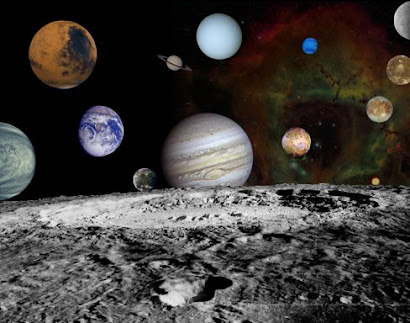
A Ghostly Presence
This composite image shows Z Camelopardalis, or Z Cam, a double-star system. The Z Cam system features a collapsed, dead star, called a white dwarf, and its companion star, as well as a ghostly shell around the system. The massive shell provides evidence of lingering material ejected during, and swept up by, a powerful explosion that occurred a few thousand years ago.
The image combines data gathered
from the far-ultraviolet and near-ultraviolet detectors on NASA's Galaxy Evolution Explorer on Jan. 25, 2004. The orbiting observatory first began imaging Z Cam in 2003.
Z Cam is the largest white object in the image, located near the center. Parts of the shell are seen as a wispy, yellowish feature below and to the right of Z Cam, and as two large, whitish, perpendicular lines on the left.
Z Cam was one of the first known recurrent dwarf nova, meaning it
erupts in a series of small, hiccup-like blasts, unlike classical novae, which undergo a massive explosion.
Image credit: NASA/JPL-Caltech







































